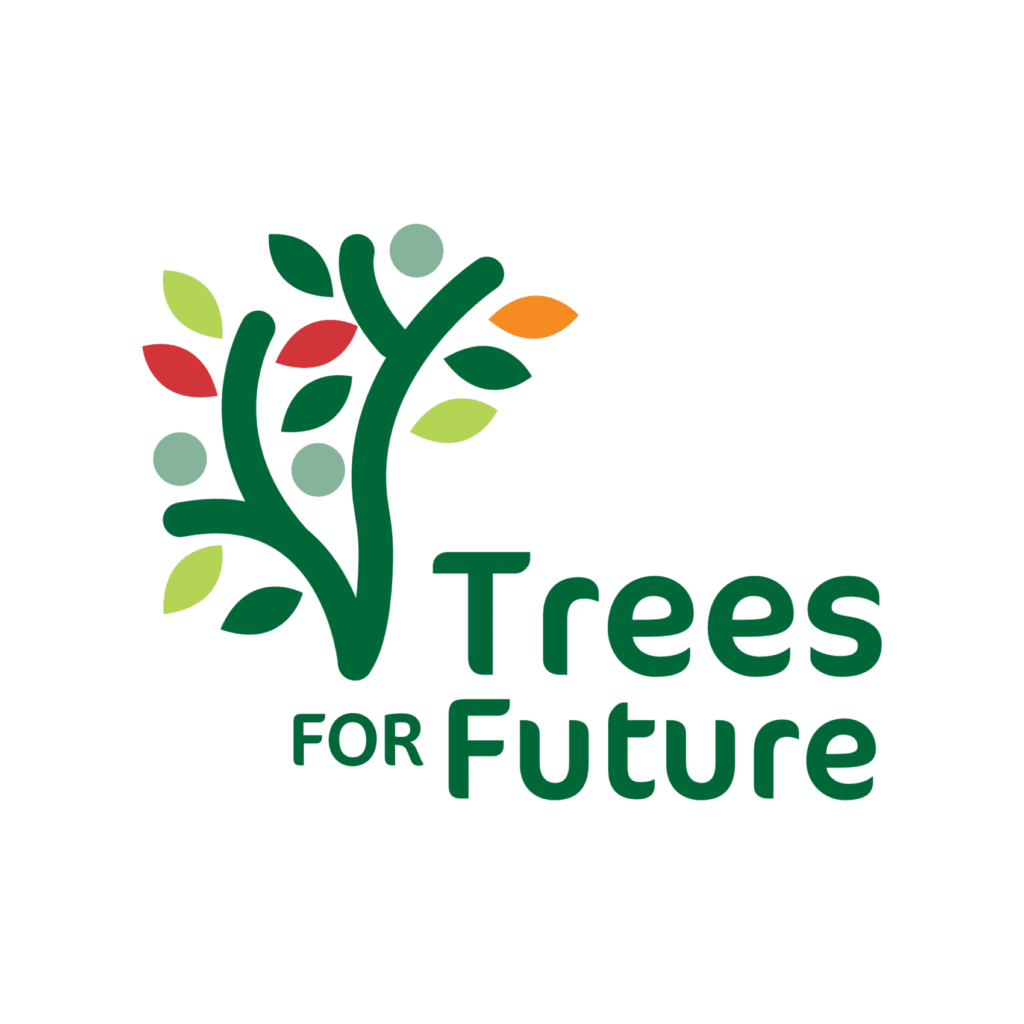Building tomorrow's forests together

Our forests are suffering from climate change: successive droughts, water stress, attacks by insects and fungi, etc. Today, most of the dominant species that inhabit our forests are showing signs of weakness.
The forestry industry is concerned about the choice of species it should plant and/or encourage in order to prepare the forest of tomorrow, which will be more resilient and able to respond to current and future economic, ecological and social challenges.
Keen to open up the "field of possibilities", SRFB initiated the "Trees for Future - Forest Arboretums" project in 2018 with the aim of identifying the forest species and provenances that will help forests adapt to climate change.

To maintain a diverse forest that provides all the services society expects of it, it is important to diversify tree species and to introduce species that are more resistant to future climatic conditions into the foresters' palette.
This is the aim of the Trees for Future project, which aims to test new species under real conditions through a network of experimental plots spread across France. These plantations will be monitored over the long term and, in 20 to 30 years' time, will be used to assess the potential of the trees tested in terms of productivity, resistance to disease and pests, and resistance to extreme climatic conditions.
This long, continuous monitoring will enable future generations of foresters to plant the most promising species with full knowledge of the facts.
Assisted migration
The climate has always changed, and animal and plant species have adapted to these changes by migrating north or south as the climate has warmed or cooled. Today, however, climate change is happening far too fast for tree species to migrate quickly enough. There is therefore a risk that threatened stands will disappear in their region of origin because the climate is no longer suitable. The role of the forester here is to imitate nature and hasten its work by artificially accelerating the speed of tree migration. This is known as assisted migration.
Support us
The "Trees for Future" project exists thanks to donations from individuals and companies. Thank you to all those who support us and, if you too would like to become a sponsor, you can find all the information on the project website.
Our partners

